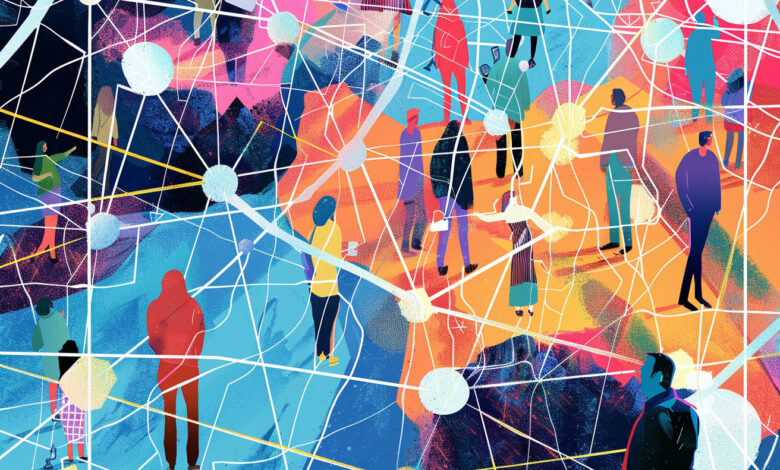
Pekao Bank, Poland’s second-largest financial institution, is garnering attention for its innovative method of safeguarding art. By leveraging blockchain technology, the bank is securing its most prized artworks in an Arctic vault, offering them a shield from environmental threats. This initiative underscores a broader movement among institutions recognizing the urgency to protect cultural heritage from environmental degradation and the impacts of climate change.
Art Preservation Using Blockchain
Blockchain technology is poised to transform the traditional concepts of art ownership and preservation. Unlike physical artworks, which are vulnerable to decay and damage, digital representations offer a robust alternative. Non-fungible tokens (NFTs) allow artworks to be tokenized and stored securely on blockchain networks, providing both preservation and a transparent, immutable record of ownership and provenance.
Bank Pekao is utilizing cutting-edge 3D scanning technology to digitize renowned Polish artworks by luminaries such as Jan Matejko and Stanisław Wyspiański. These digital versions are then preserved on the environmentally conscious Aleph Zero blockchain as NFTs, ensuring their longevity and accessibility for future generations.
The Arctic Archive
The Arctic World Archive, located in Svalbard, Norway, is a facility designed to protect valuable data from threats like cyberattacks and natural disasters. It is here that Pekao Bank’s tokenized artwork finds a home. The Arctic World Archive is renowned for its role in safeguarding scientific and cultural records from organizations such as UNESCO and the Vatican, making it a fitting repository for these digital artworks.
The digital nature of blockchain art necessitates a reexamination of traditional conservation methods. Institutions must consider the long-term sustainability of digital platforms and the potential longevity of access as technology advances. This approach is not solely about preserving physical artifacts but also about maintaining the digital ecosystem surrounding art.
Challenges and Solutions in Digital Art Preservation
While blockchain technology offers a promising solution for art preservation, it is not without its challenges. Many artworks are delicate or ephemeral, making them susceptible to damage or loss. Traditional methods, such as climate-controlled environments, have limited effectiveness. By tokenizing artworks as NFTs, artists can create secure digital representations that retain their value and enable broader accessibility.
Legal and ethical considerations also arise when museums acquire NFTs. Issues surrounding ownership rights and valuation must be addressed. Institutions navigating this new landscape must establish clear guidelines to ensure fair practices in collecting and presenting blockchain art.
A New Era for Museums and Art Collectors
The integration of blockchain technology into art preservation signifies a paradigm shift in how we appreciate and understand art’s value and longevity. Art institutions, such as The Los Angeles County Museum of Art (LACMA), are at the forefront of collecting digital art from diverse creators, with a particular focus on works by women artists. Such initiatives enhance collection diversity and set a precedent for future best practices in digital art conservation.
With more institutions adopting this technology, the conversation around the definition of art continues to evolve. By embracing both traditional artistic expressions and cutting-edge technology, we are witnessing a merging of appreciation and engagement with cultural heritage. Initiatives like Pekao Bank’s Arctic vault ensure that our artistic legacy remains protected in an ever-changing world.







